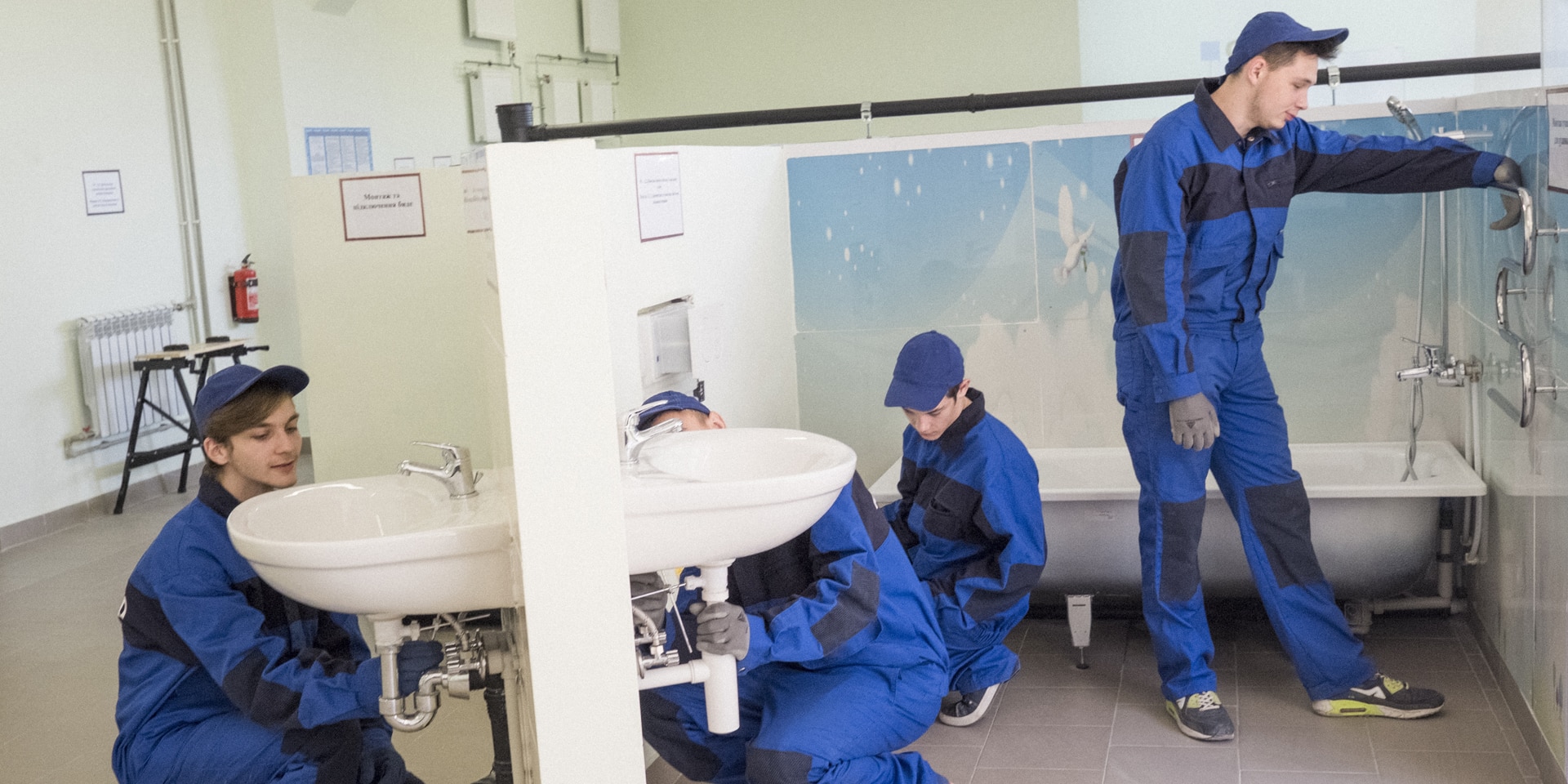The fight against malaria: lessons learned in Tanzania to benefit the world at large
Eliminating malaria is one of the healthcare objectives of the 2030 Agenda. Achieving it helps rid the world of poverty and provide a boost to the economy. The programme 'Towards Elimination of Malaria in Tanzania' provides an insight into Switzerland's long-term commitment in one of its fields of expertise. From Basel to Dar es Salaam, we hear two accounts of its efforts and examine a supranational cooperation project.
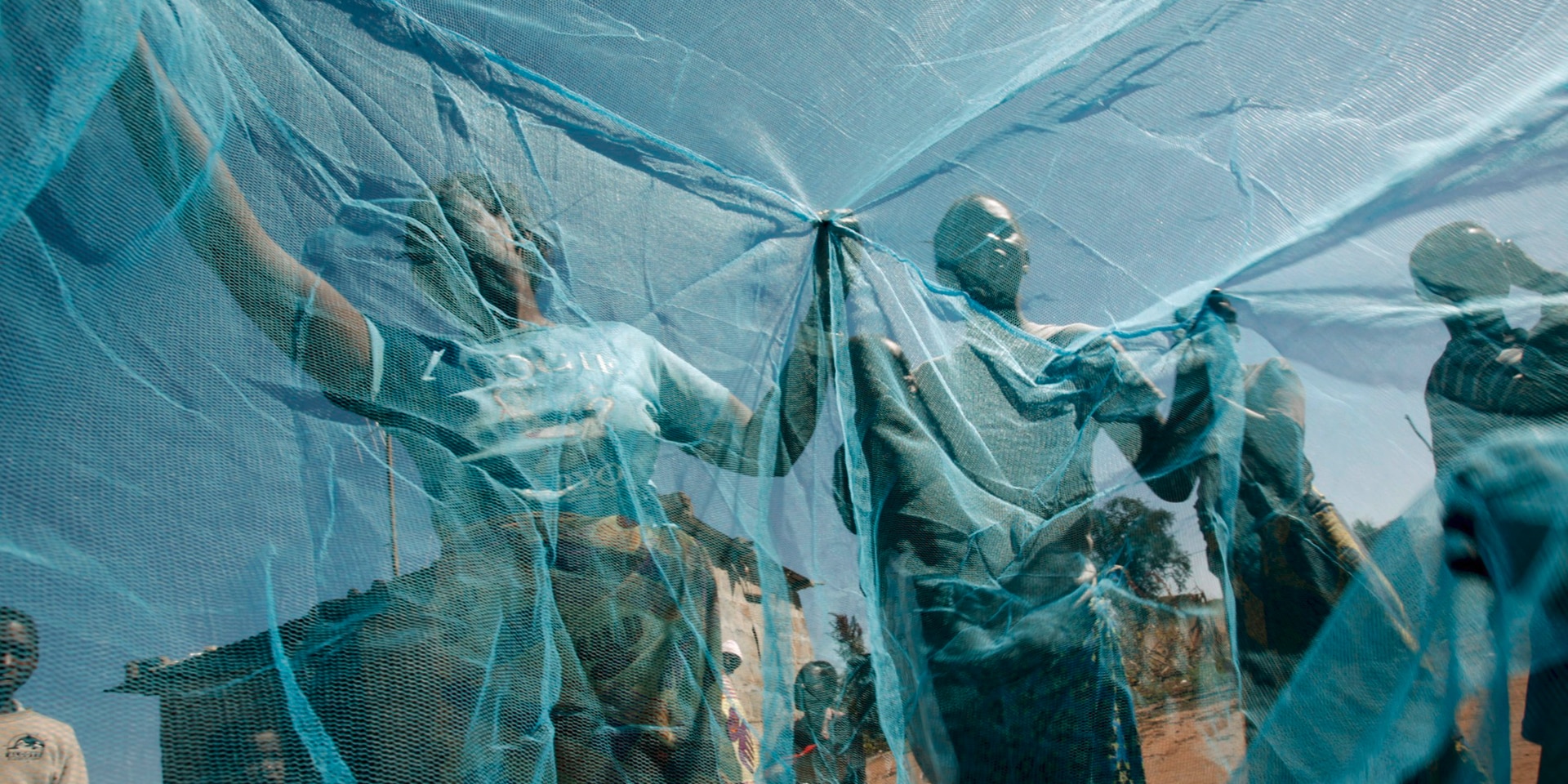
More than 150 organisations in 47 countries work together in the fight against malaria. Switzerland is at the forefront and is committed through bilateral and multilateral cooperation. © Keystone
Every year in April, the World Health Organization (WHO) is calling attention to key objectives of the 2030 Agenda. Following on from World Health Day, on 24 April the spotlight turns to the fight against malaria – a subject Switzerland is well versed in.
A few figures in particular offer an insight into current objectives and projects: in the past 15 years, for example, there have been 37% fewer cases of malaria worldwide and 60% fewer deaths from the disease. These are positive results, but their geographical distribution is uneven; some regions are being hit harder than others and some groups are particularly vulnerable to malaria such as pregnant women and children under the age of 5 years.
Effectively controlling infectious diseases reduces global threats to health and improves the security and well-being of people everywhere, including in Switzerland. Data shows that ridding the world of malaria would save millions of lives and increase economic growth by five times in countries freed from malaria. By contrast, in nations where the disease is endemic, GDP growth can fall by up to 1.3% a year.
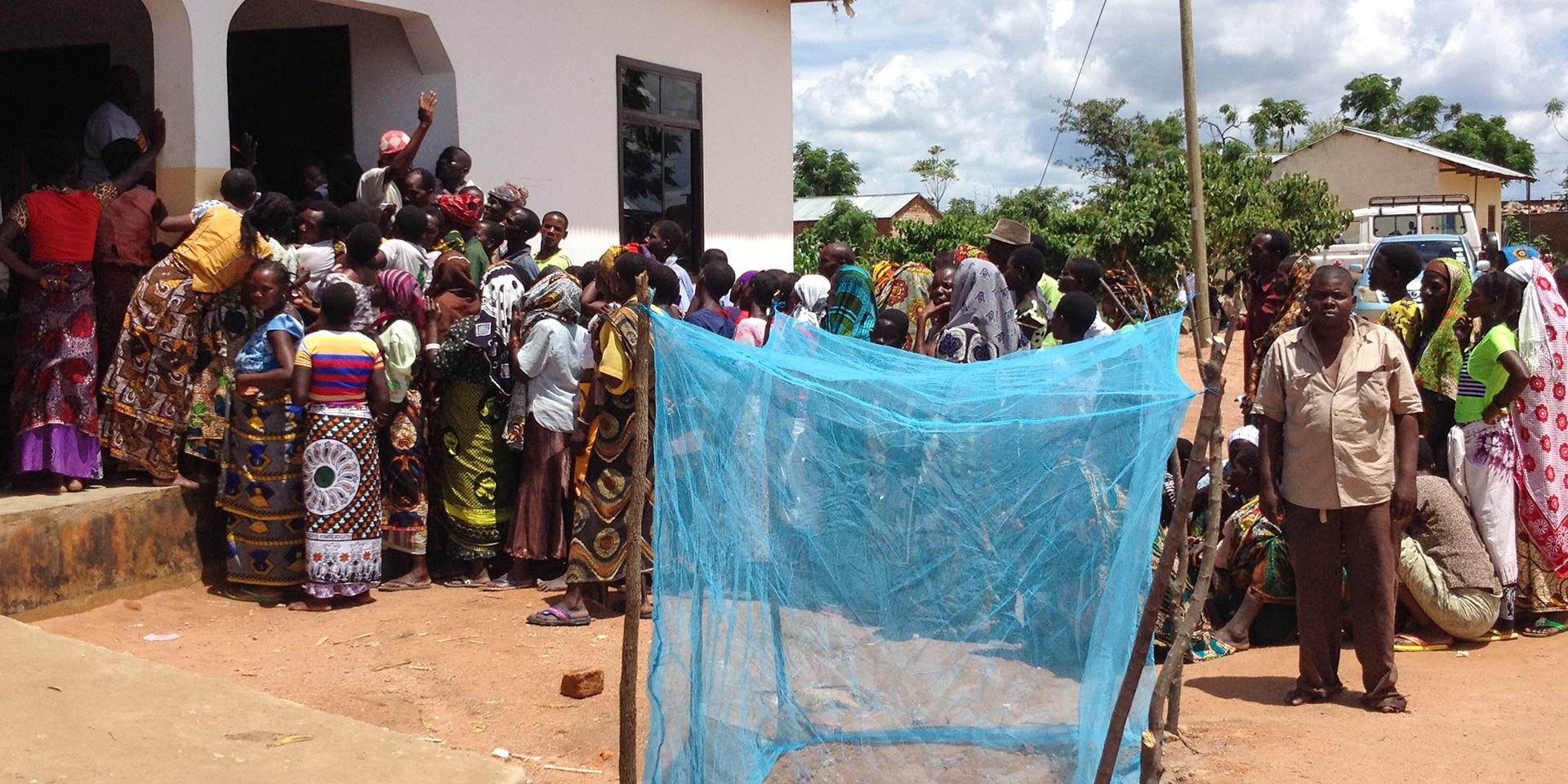
What the global community can learn from Tanzania
Switzerland is an expert in combating malaria and works at the bilateral and multilateral levels to promote collaborations between civil society actors, the private sector and the scientific community. It has acquired this expertise by playing host to research institutions such as the Swiss Tropical and Public Health Institute (Swiss TPH), major pharmaceutical companies, and product development partnerships such as the Medicines for Malaria Venture (MMV), which has launched new antimalarial treatments.
Since 2002 Switzerland has worked through the Swiss Agency for Development and Cooperation (SDC) to support Tanzania's National Malaria Control Programme (NMCP), which carries out effective interventions at the national level. The SDC's Global Programme Health has commissioned Swiss TPH, which is based in Basel, to use technical working groups to promote the global political dialogue on malaria led by the World Health Organization. Swiss TPH has accumulated decades of unique scientific and operational experience in controlling and eliminating malaria. The SDC's mandate ensures that the lessons learned in Tanzania are quickly made available to the global community and translated into WHO technical guidelines that can be applied in other countries.
One success story from this collaboration is the large-scale distribution of effective and durable insecticide-treated bed nets. It is estimated that some 7.5 million new nets were required annually in Tanzania to replace older models that had worn out after only a few years. Through the support of the NETCELL project and the Tanzanian National Voucher Scheme (TNVS), pregnant women and children were given vouchers via the public health system that allowed them to buy insecticide-treated bed nets at a greatly reduced price. Between 2002 and 2016, around 70 million insecticide-treated bed nets were distributed thanks to the programme, which has also carried out campaigns in communities and schools. Between 2005 and 2016, malaria related child deaths were reduced by more than 50% in Tanzania.
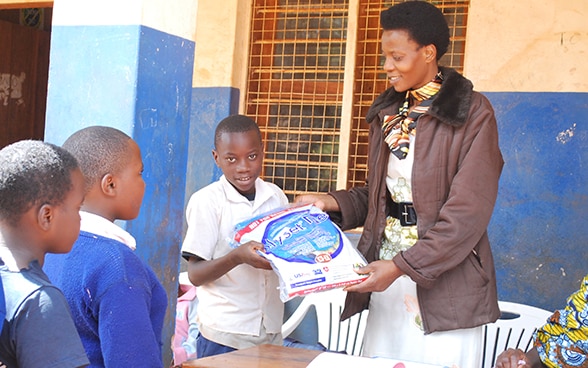
TEMT: working from the centre to the periphery and from the country to the region
"Tanzania's National Malaria Control Programme has proved its efficacy," explains Thomas Teuscher from the swiss cooperation office in Dar es Salaam. "Some 20% of the population already live in districts where the incidence of malaria is either low or very low. The goal is to virtually eradicate malaria among 50% of the country's population by 2030." As a territory, Tanzania is subdivided into regions that are in turn subdivided into districts. More work will need to be done in order to maintain the National Malaria Control Programme's results in the long term and across the entire country.
Towards Elimination of Malaria in Tanzania (TEMT) is responding to this need, with Swiss TPH working at the forefront. TEMT supports Tanzania in applying a sub-national strategy that considers the specificities of individual regions. The objective is to reduce the transmission of malaria in highly populated areas to such an extent that the disease is no longer causing new deaths. The TEMT programme is founded on constant monitoring and prevention work, with contributions from all relevant sectors. "Cross-sectoral cooperation is necessary to ensure industrial development doesn't create new environments where transmission can take off again," Teuscher adds. This means that support from the private sector is key: private operators in the agricultural industry, the construction industry and the tourist sector must work together to ensure their operations don't put vulnerable areas at risk. Finally, the eradication of malaria in Tanzania will only be effective when neighboring countries are part of the effort; in that sense the TEMT programme also plans to support cross-borders activities.
The results the TEMT programme has helped achieve in Tanzania continue to have a positive impact, including in other malaria-endemic countries: "By reinforcing efforts to fight malaria in Tanzania, TEMT has achieved results that have been extensively exploited around the world since 2002," explains Christian Lengeler, a project leader at Swiss TPH. "For example, many aspects of the large-scale distribution of durable mosquito nets were first introduced in Tanzania. More recently, Tanzania was also the first place to use sophisticated epidemiological analysis to plan controll activities in a decentralised manner. This was then deployed in the majority of other malaria-endemic countries by the Global Fund to Fight AIDS, Tuberculosis and Malaria (the Global Fund) and other donors."
Efforts to control and eliminate malaria in Tanzania are mainly financed by the Global Fund, the U.S. President's Malaria Initiative, the Chinese Center for Disease Control and Prevention, and the Tanzanian government.
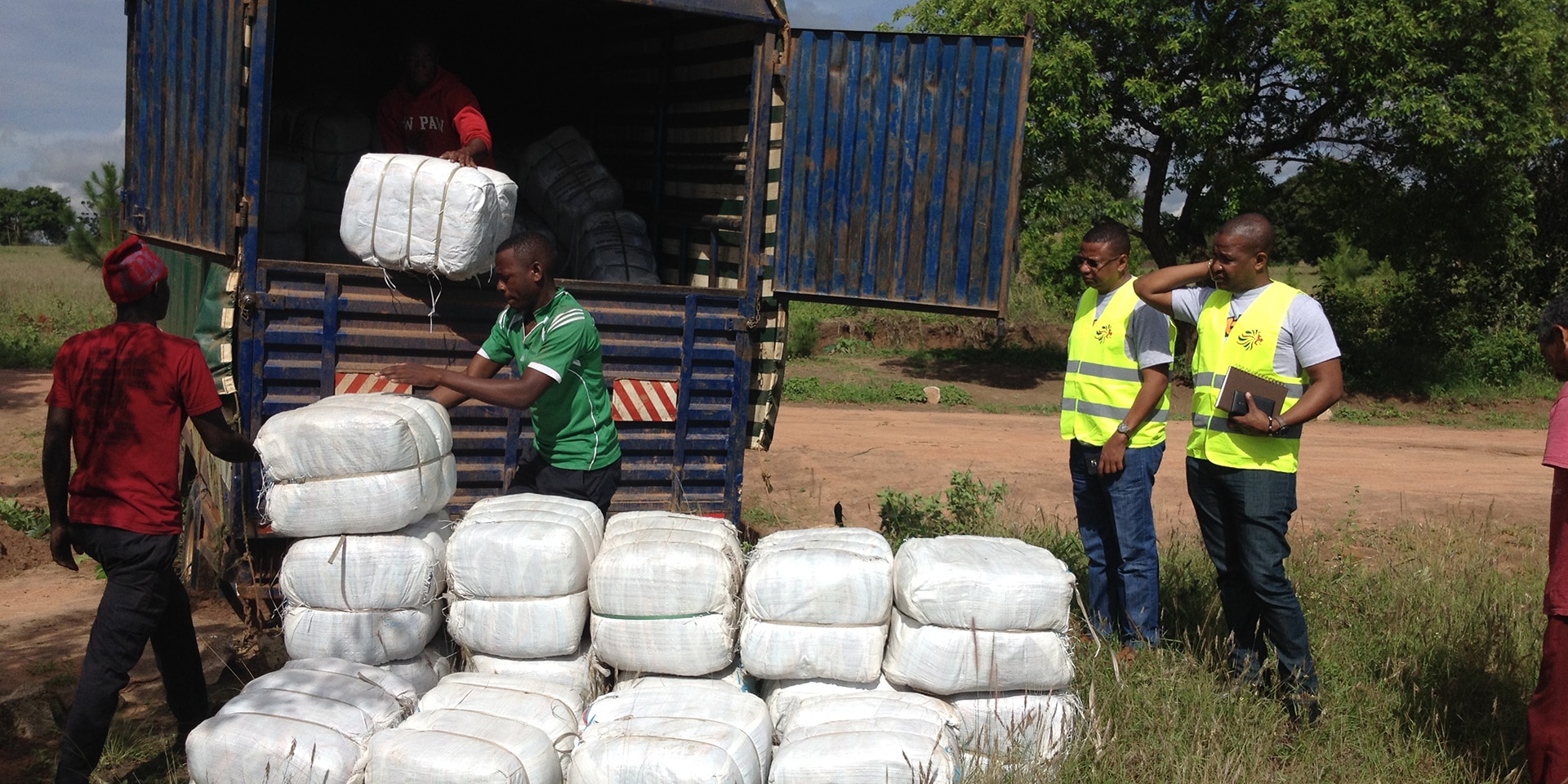
Reinforcing healthcare systems and promoting systemic change
Achieving the objectives of the 2030 Agenda will only be possible by improving health systems at all levels. With this in mind, the SDC carries out cooperation programmes that involve the public and private sectors in efforts to plug gaps and reinforce national healthcare systems. Thomas Teuscher offers another example from Tanzania: "The SDC works with seven development partners (Canada, Denmark, Ireland, South Korea, UNICEF, UNFPA, and the World Bank) to co-finance the Tanzanian health government's budget, facilitating the provision of basic healthcare services to every one of the country's 60 million citizens." This external support of around one US dollar per person per year for more than 6,000 clinics across the country represents around 20% of total annual healthcare spending. "This reform project provides the conceptual and institutional basis for the introduction of universal national health insurance (by 2025) that will reimburse all the primary healthcare services provided by the clinics," Teuscher adds.
Foreign policy in healthcare: coherent at the national and global levels
The 2030 Agenda drew attention to new healthcare challenges that transcend national borders. Switzerland responded to this in 2019 by adapting its foreign policy on healthcare, allowing it to contribute more effectively to both global and domestic health. Switzerland's approach is based on human rights and promotes equitable access to healthcare for everyone in the world, greater social justice, and a focus on the needs of impoverished and vulnerable population groups in individual nations. The SDC's work in international cooperation, development, and research on neglected tropical diseases responds to these priorities.
International cooperation
Switzerland's international cooperation is based on its Foreign Policy Strategy and aims to combat poverty in developing countries and to contribute to their sustainable development. To achieve this goal, it focuses on three pillars: humanitarian aid, development cooperation and the promotion of peace and security for the people concerned. (Switzerland's International Cooperation Strategy 2021–24)



